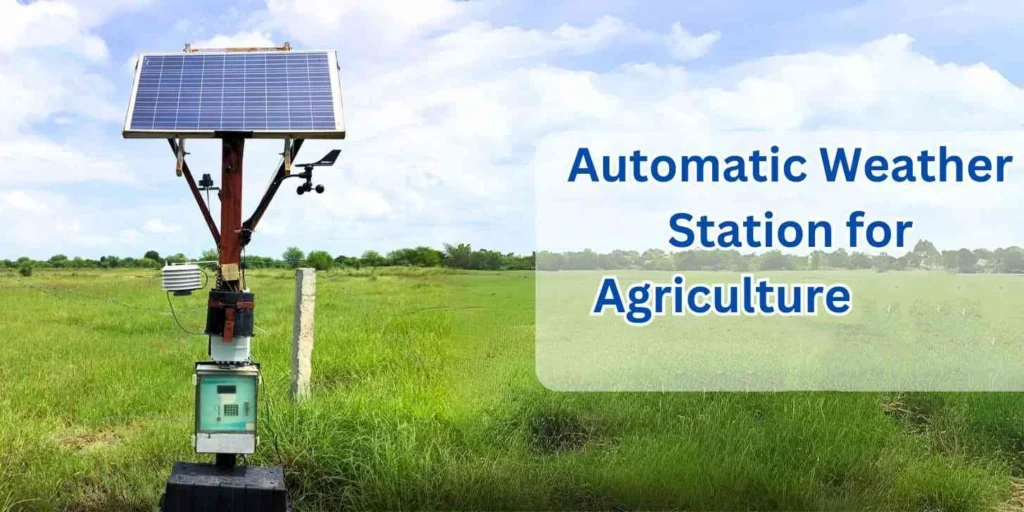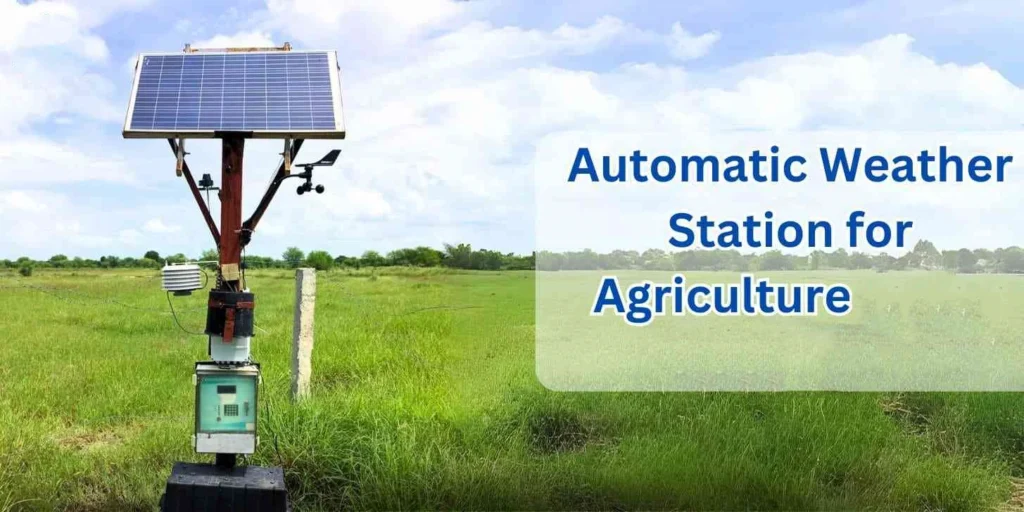
# Automatic Weather Station: Definition and Functionality
## What is an Automatic Weather Station?
An Automatic Weather Station (AWS) is a sophisticated system designed to collect and record meteorological data without the need for constant human intervention. These stations are equipped with various sensors that measure environmental parameters such as temperature, humidity, wind speed, wind direction, rainfall, and atmospheric pressure. The data collected by an AWS is typically transmitted to a central database or displayed on a local interface for real-time monitoring.
## Components of an Automatic Weather Station
An AWS consists of several key components that work together to ensure accurate and reliable data collection:
– Sensors: These are the primary tools for measuring weather parameters. Common sensors include thermometers for temperature, hygrometers for humidity, anemometers for wind speed, and barometers for atmospheric pressure.
– Data Logger: This device records the data collected by the sensors. It can store data internally or transmit it to a remote location.
– Power Supply: AWS units are often powered by solar panels or batteries, ensuring continuous operation even in remote locations.
– Communication System: This system allows the AWS to transmit data to a central server or other devices. Common communication methods include GSM, satellite, and radio frequency.
## Functionality of an Automatic Weather Station
The primary function of an Automatic Weather Station is to provide accurate and timely weather data. This data is crucial for various applications, including:
– Weather Forecasting: Meteorologists use data from AWS to predict weather patterns and issue forecasts.
– Agriculture: Farmers rely on AWS data to make informed decisions about planting, irrigation, and harvesting.
– Aviation: Airports use AWS to monitor weather conditions and ensure safe takeoffs and landings.
– Environmental Monitoring: AWS data helps scientists track climate change and study environmental impacts.
## Advantages of Using an Automatic Weather Station
There are several benefits to using an AWS over traditional manual weather stations:
– Continuous Monitoring: AWS can operate 24/7, providing a constant stream of data.
– Accuracy: Automated systems reduce the risk of human error, ensuring more reliable data.
– Remote Access: Data can be accessed from anywhere, making it easier to monitor weather conditions in real-time.
– Cost-Effective: Over time, AWS can be more cost-effective than manual stations, as they require less maintenance and labor.
## Conclusion
Automatic Weather Stations play a vital role in modern meteorology and environmental science. By providing accurate, real-time data, they help us better understand and predict weather patterns, support agricultural practices, ensure aviation safety, and monitor environmental changes. As technology continues to advance, the functionality and reliability of AWS will only improve, making them an indispensable tool in our quest to understand and adapt to the ever-changing weather and climate.
Keyword: what is automatic weather station
